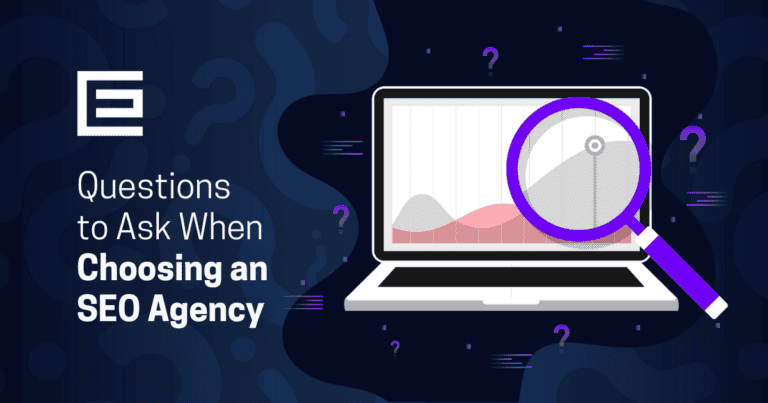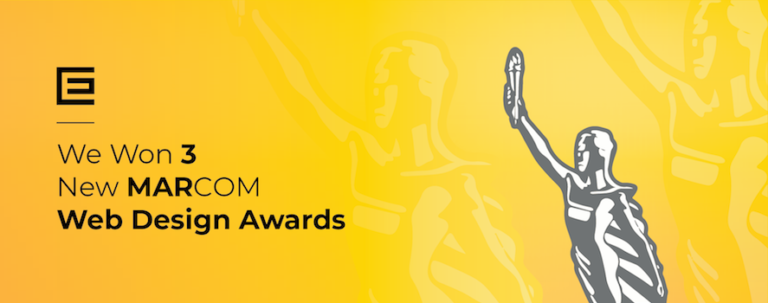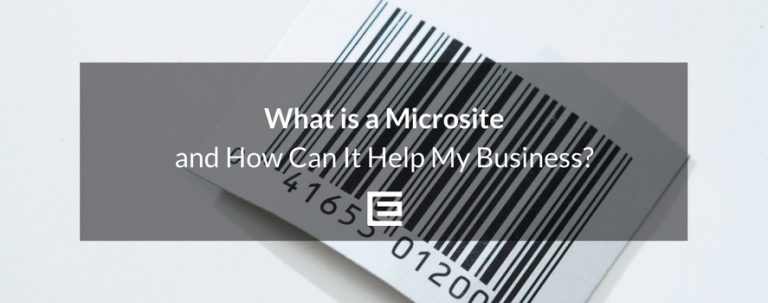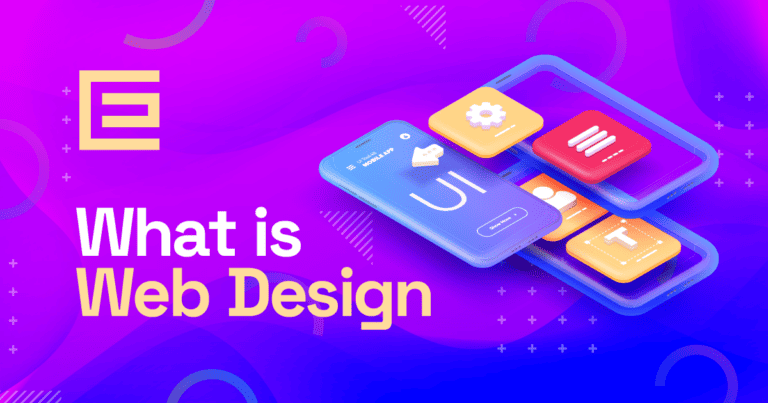Effective Tactics for Creating Focal Points
- Typography Most websites contain a good amount of text, so utilizing differences in typography can easily change the focal point on the website. Manipulate size, color, spacing and typeface to increase the attention for a certain bit of text. With different typefaces and styles, it is easy to create a focal point hierarchy that is clear, concise and effective, drawing attention to the lines of text in the order you want your visitor to notice them.
- Illustration Illustrative focal points can be extremely effective at engaging an audience, but be careful, because there is a very fine line between attention grabbing and attention diverting. Too complicated, detailed, or sub-par illustrations can cause a visitor to have a negative impression of your site and can promote an image that is not in line with the goals of your website. When used effectively, illustration can really accent the focal point on your site and work with your content to promote your message in a way that is beautiful and fun. Illustrations also allow for the hierarchy of focal points by integrating different sections within a single illustration, which can be highlighted by typographic elements.
- Call to Action Buttons Call to action buttons are one of the most popular focal point trends in the industry these days, and there is a good reason why. When call to action buttons are highlighted as a focal point, it not only accentuates goal of the page, but encourages the audience to interact with the page itself by clicking on the button and performing the given action, whether it is signing up for a newsletter, contacting the company, or purchasing an item. Buttons have high visibility, familiarity and descriptive functions. As with most things, though, buttons can be overused, and overuse will decrease the effectiveness of the focal point and call to action statement. Use buttons on websites, but use them wisely.
- White Space Adding white space to a page is a very simple and effective way to draw attention to a specific geographical area of the page, without adding anything. This strategic layout tactic can work particularly well for sites with a minimalist feel. One thing to avoid is using white space in one area, and overcompensating in another area by cramming in too much information. White space needs to be properly balanced in order to be effective.
- Decoration Simple decoration can help when trying to get a certain element to become the focal point of a website. Effects like coloring and positioning in conjunction with other elements can bring attention to where you want it, and divert attention from more unimportant elements. Consider contrast in color when adding decoration to your page and be sure to design a clear point for the eye to rest instead of overwhelming the senses of the viewer. Size and Contrast work in conjunction to help create clear and non competing focal points.
For more information on intelligent and effective web design, read our online tutorials. For more personal help, contact our web design experts by calling 919-341-8901 or fill out our inquiry form to get started.
Tags: Digital Marketing • Web Design






